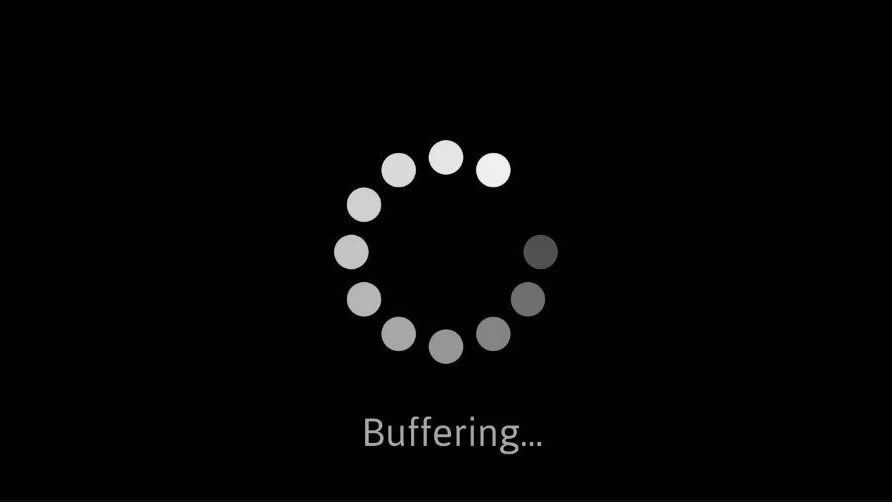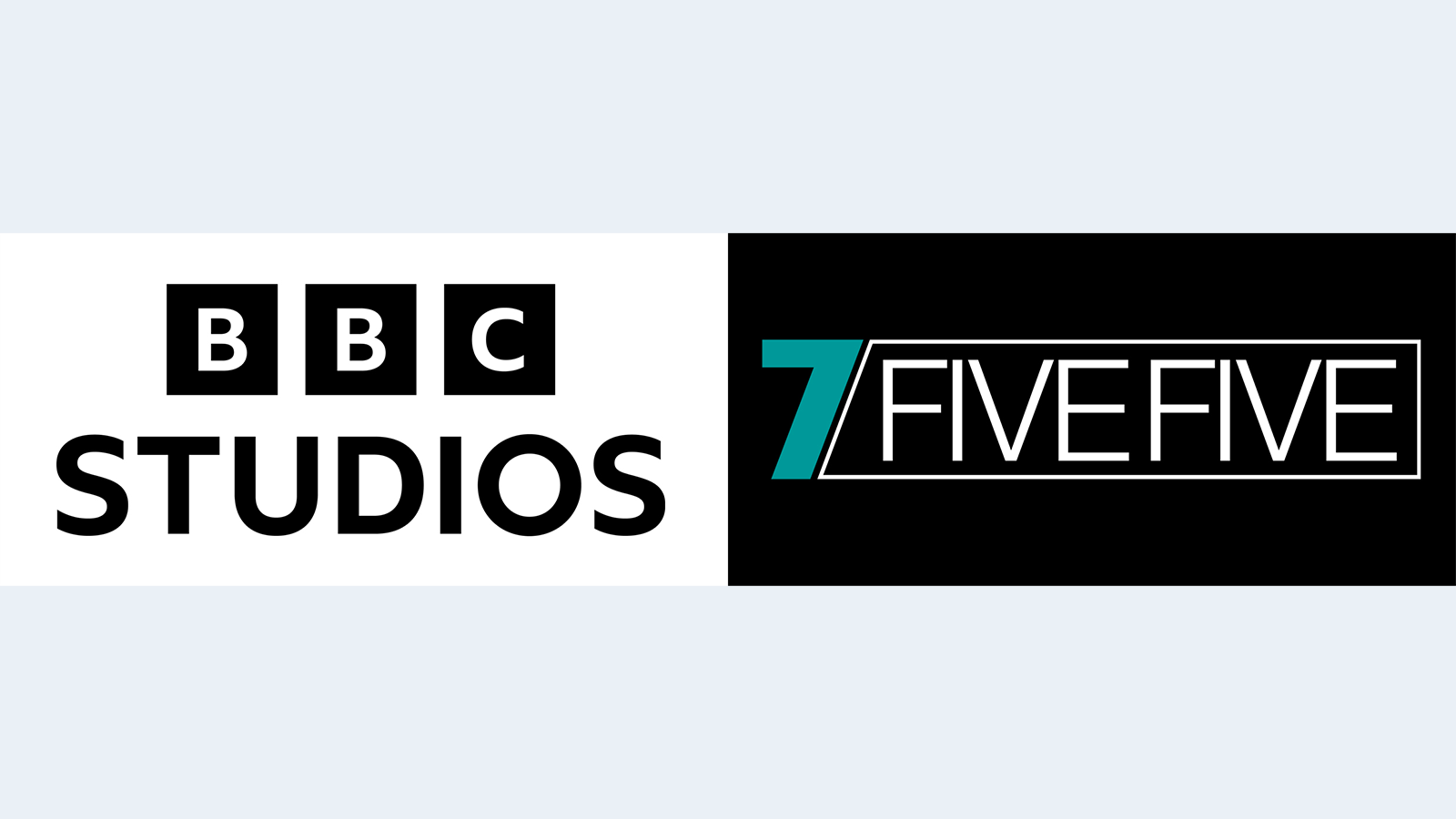Rebuffering Still a Major Streaming Concern, Per Report
As streaming continues to grow, providers need to have the tech for best possible experience

SCOTTSDALE, Ariz.—With people advised to stay at home because of the COVID-19 pandemic, streaming has hit record highs in viewing, according to a new report from Limelight Networks. But to fully capitalize on this development, streaming providers need to make sure they are providing the best possible experience.
In its State of Online Video 2020 report, Limelight found that 47% of people worldwide added a new streaming service in the last six months, with 40% citing the pandemic as their primary reason for doing so. Subsequently, viewers are now spending more time watching online video, with the weekly average coming in at 7.91 hours, up 16% from 2019 (6.8 hours) and 85% since 2016 (4.28 hours).
With the increase in time spent watching online streaming content, viewers have not become any more accepting of video rebuffering or latency issues. According to 44% of people, rebuffering remains the most frustrating aspect of online viewing; younger viewers particularly hold a high expectation for their viewing experience. When it comes to live streaming, 64% of people say they are more likely to watch if there is minimal latency from the live broadcast.
“Online video demand has clearly accelerated around the world this year, especially with so many people looking for entertainment, information and communication as they have spent more time at home due to COVID-19,” said Nigel Burmeister, vice president at Limelight Networks. “Our research shows that with the rise in viewers and subscriptions, it is critical that content providers have the right combination of content consumers want, the infrastructure to scale to meet demand and technology to give them the best possible online experiences.”
The Limelight report also provided greater insights into who is watching online video and what they are watching.
The rise in time spent streaming has been occurring across all age groups, with adoption accelerating particularly among older viewers—the largest growth was among people 46 and older.
As far as what they are watching, TV shows are the most popular type of content, with viewers consuming an average of 4.6 hours a week globally; movies are second with an average of 4.5 hours/per week and user-generated content is third with four hours per week, doubling over the past year, Limelight says.
Get the TV Tech Newsletter
The professional video industry's #1 source for news, trends and product and tech information. Sign up below.
The number of SVOD services that people subscribe to was also included. Overall popularity for SVOD services has increased 50% since 2018. The highest rate is in the U.S., where viewers subscribe to an average of two services; Japan is the lowest with an average of 0.82 services. When asked what may cause them to unsubscribe from a service, 47% said price, with a lack of content the next most popular answer.
In addition, Limelight found that 37% of people share streaming account login information for SVOD services. It found that account sharing was least prevalent in the U.S., Japan, South Korea and Singapore, but most prevalent in Indonesia and India.
For the full report, visit Limelight Network’s website.
